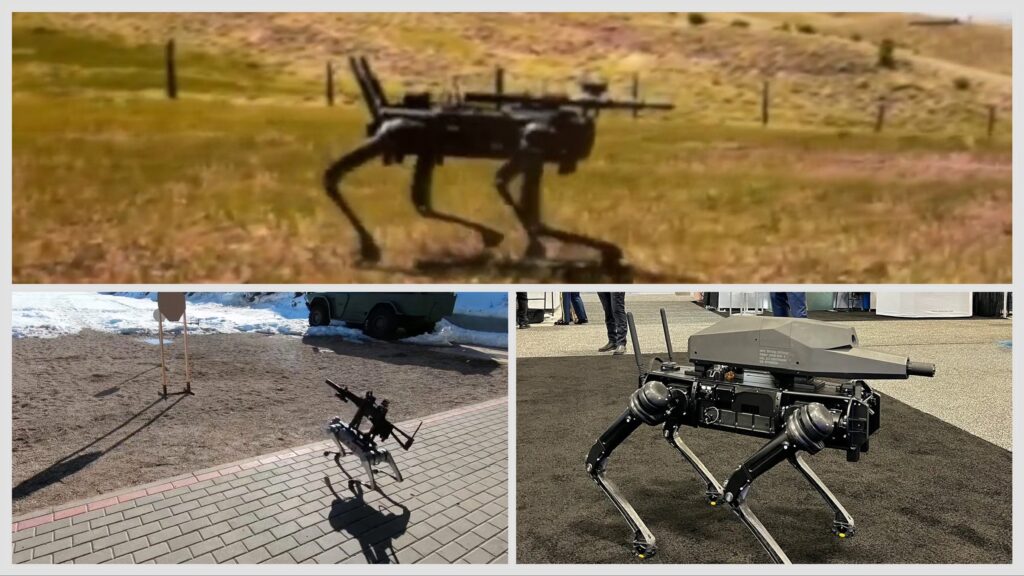Recent technological developments are changing national security and defense everywhere. Two standout innovations include the United States Marine Forces Special Operations Command’s (MARSOC) testing of armed robotic “dogs” and Microsoft’s introduction of a specialized AI chatbot for U.S. intelligence agencies. These advancements highlight the growing intersection of cutting-edge technology with critical security operations.
What’s Happening & Why This Matters
Robotic Dogs in Military Operations: MARSOC is evaluating new unmanned ground vehicles, notably robotic dogs developed by Ghost Robotics, which can be equipped with weaponry for remote operations. These robots, which include systems for automatic target detection, still require human oversight for actual engagement decisions, maintaining a crucial “human-in-the-loop” element.
- Deployment and Testing: The robotic dogs are equipped with Onyx Industries’ SENTRY remote weapon systems that features AI-enabled target tracking. They are currently in the testing phase with MARSOC exploring their application including surveillance and combat support.
- Military Advancements: The introduction of robotic dogs armed with AI-targeting systems is a monumental advancement in warfare. Robot in warfare potentially increases precision and reduces risk to human soldiers.

AI-Powered Chatbot for Intelligence: Simultaneously, Microsoft has launched a GPT-4-based AI chatbot, designed to operate within a secure, air-gapped environment specifically for U.S. intelligence agencies. This tool is intended to analyze top-secret information, facilitating secure data processing and communication without the risk of internet-based threats.
- Secure AI Implementation: Microsoft’s AI chatbot is hosted on a dedicated network accessible only to the U.S. government to ensure it remains isolated from potential cyber threats. The chatbot’s deployment is a significant step in AI’s usage for handling sensitive national security information.
- AI in Intelligence: Microsoft’s AI chatbot can revolutionize how intelligence is processed, offering a potentially faster, more secure way to handle classified data, although it also presents challenges in ensuring the accuracy and reliability of AI-generated information.
TF Summary: What’s Next
As further defense testing and integration continues, it is vital to closely monitor these technologies’ effectiveness and any ethical implications that arise. The technological evolution of military and intelligence capabilities (i.e., drone, robots, augmentation) will prompt bolder innovations that establish new security operations standards. The future will undoubtedly see technology and tactical operations blending that redefines next-gen defense strategies.



